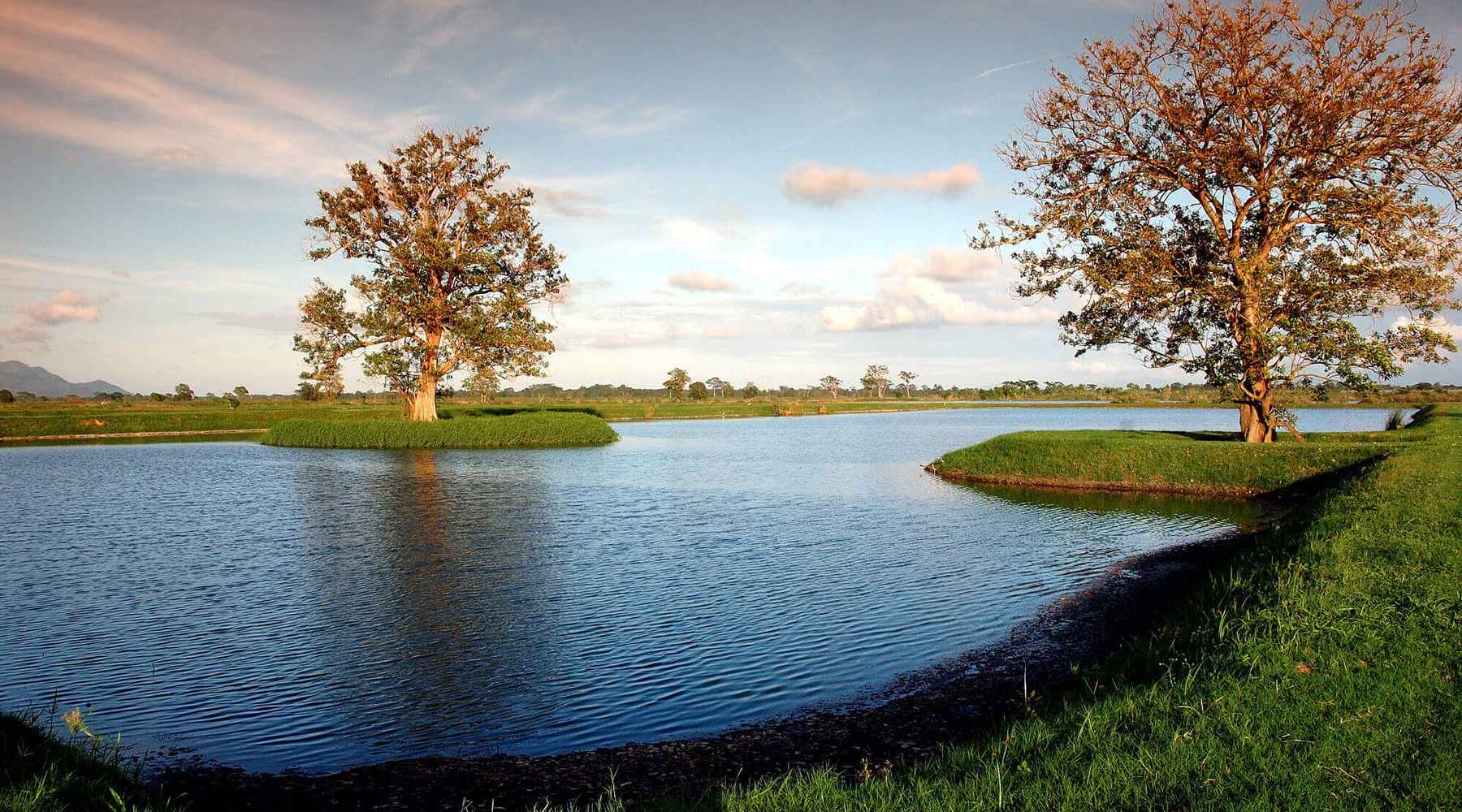For close to 20 years, we have measured, monitored, optimized, and reported our environmental results to understand and lower our impact on the planet. Since then, we have pursued continuous improvements in every aspect of our operations to become one of the world’s most efficient and sustainable apparel manufacturers.

Made with respect for climate change and energy

Climate change is a reality that affects us all. Gildan is committed to using energy efficiency initiatives to minimize our greenhouse gas (GHG) emissions whenever and wherever possible. That’s why we work to increase energy efficiency across our operations by reducing our reliance on fossil fuels and favouring more sustainable alternative energy sources and production processes.
Steam & thermal energy
Our biomass energy systems burn agricultural, factory, and process waste – including wood by-products, paper, cardboard, and cotton waste – in high-efficiency boilers that generate steam and thermal energy required in our textile factories. These systems help us generate close to half of our total energy needs.
This process is carbon neutral because it prevents organic materials from entering landfills where dangerous GHGs would be emitted during the decomposition phase. The ash created during the process remains organic and serves as an effective fertilizer with low levels of sulphur for local agricultural processes.
Condensate return
Condensate is the hot liquid by-product resulting from steam energy that has been used in heat transfer processes. Condensate is warm water containing chemical additives that can be reused to produce steam, at just one-third of the cost of generating steam from fresh water and new chemicals.
Heat recovery
Our heat recovery systems use thermal energy to heat water for our dyeing process. This allows us to significantly reduce the amount of steam we need to generate the required temperature for dyeing, and ultimately allows us to conserve water and reduce energy consumption.
Absorption chillers
Our absorption chillers capture thermal energy from our steam to create cool water that drives many of our factories' air conditioning systems. This system generates energy savings in the millions allowing us to reduce our energy use.
Made with respect for water

Water is one of the world’s most precious resources and plays a large part in the entire lifecycle of apparel production. This is why our goal is to manage our water consumption and clean wastewater in the most environmentally conscious way.
Clean water
We use the Gildan Biotop, an innovative biological wastewater treatment system that uses bacteria and microorganisms to clean water until it’s virtually dye and chemical-free. Only then do we return the water to the environment, where it feeds the wetlands, effectively promoting biodiversity.
Lowering water intensity
Another way we manage water is by ensuring we optimize its utilization. We leverage systems that allow us to integrate practices focused on reusing and recycling to maximize how much of it we use.
